Sugar Sculpture Prodigy Shinri Tezuka Revives an Ancestral Tradition
In his two Tokyo stores, Shinri Tezuka breathes new life into the traditional art of ‘amezaiku’, or sculpting lollipops from sugar.
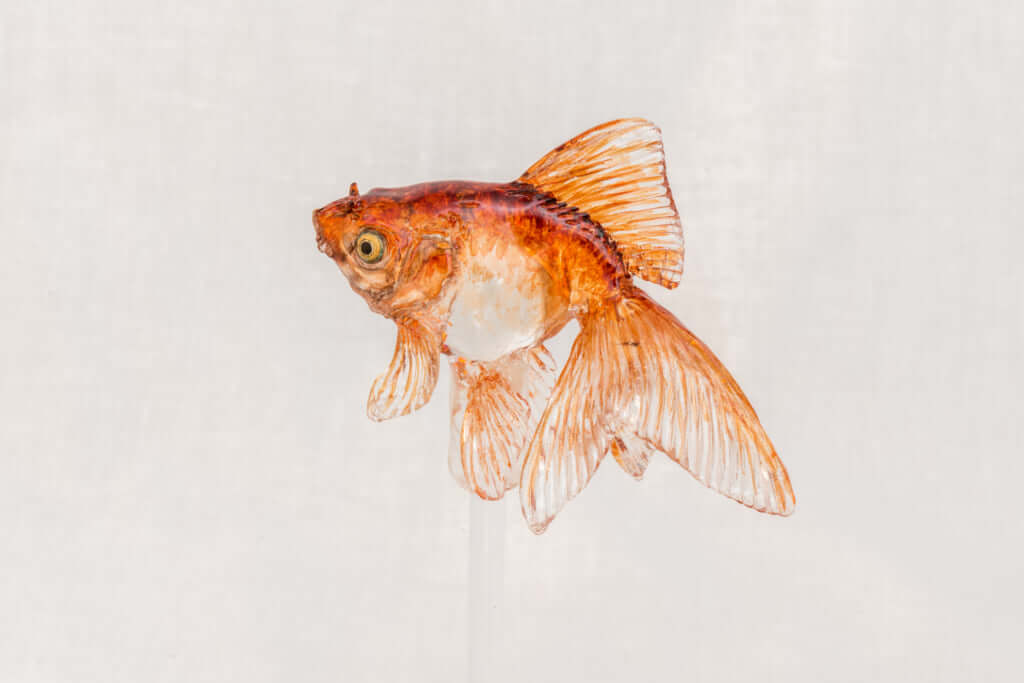
© Asakusa Amezaiku Ameshin
Popular in the 19th century, amezaiku now has fewer than 100 practitioners throughout Japan. The discipline requires meticulousness, agility and a high pain threshold.
To create these edible sculptures, Shinri Tezuka plunges his hands into a sugar paste heated to 90°C. His fingers are unavoidably burnt by the mizuame, a sugar syrup composed of rice or potato starch.
A test of speed
With a small chisel, he cuts away off a small white ball and places it on a skewer, and so begins a race against time: before the ball solidifies once again, he has just five minutes to sculpt his chosen form, be it a toad, a fish or a simple oval that will serve as a canvas for a miniature landscape. The artist then brings his work to life. With a paintbrush, he applies multiple layers of translucent colourant with incredible nuance for such a small surface. The whole process takes less than half an hour.
While the origin of these lollipops seems to be debated, they appear to have emerged during the Heian period, between the 8th and 12th centuries, created as confectionary offerings to leave in temples. However, it was only at the end of the Edo period in the 19th century that amezaiku became integrated into popular culture and delighted families, particularly children.
Sweets synonymous with festivals
At this time, these lollipop sculptures became an integral part of street festivals. An important pastime, they were part of the arsenal of travelling artisans who moved from town to town, bringing joy to passers-by with their tricks and amusing stories. They would cause astonishment by working with a straw in their mouth and blowing sugar as one would blow glass. They created magical creatures, from the beautiful to the ordinary, all of them almost too good to eat.
During the 1970s, the Japanese government banned the technique due to hygiene restrictions and limited the sale of edible products by travelling merchants, and so the practice of amezaiku became rarer (it was, however, during a festival of this kind that Shinri Tezuka discovered the art and decided to make a career of it). However, it has found a new lease of life on social media and its users’ fascination for all things food, animals and creativity.
The artisan’s creations also add a new dimension to the practice. They are decidedly distant from kawaii (‘cuteness’), instead favouring realistic, sometimes frightening animals like this translucent squid or wide-mouthed scorpion fish. Beginners are taught to make a rabbit, the simplest shape, but the possibilities once one masters amezaiku are endless. Like a fashion designer, Shinri Tezuka creates limited edition lollipops according to the seasons.
Shinri Tezuka’s work can be viewed on his website.
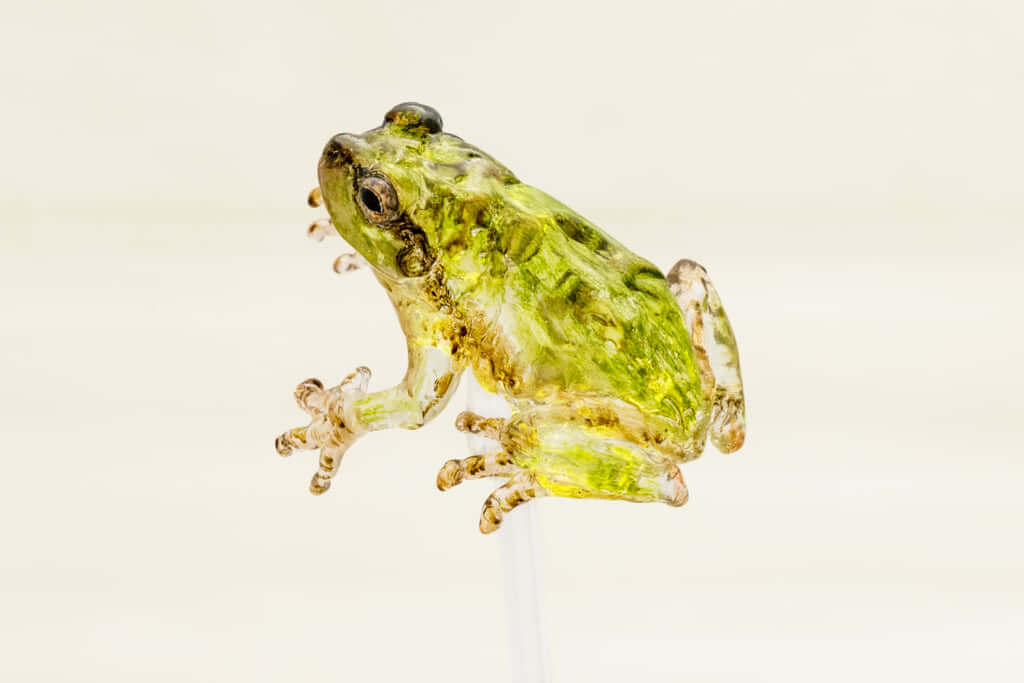
© Asakusa Amezaiku Ameshin
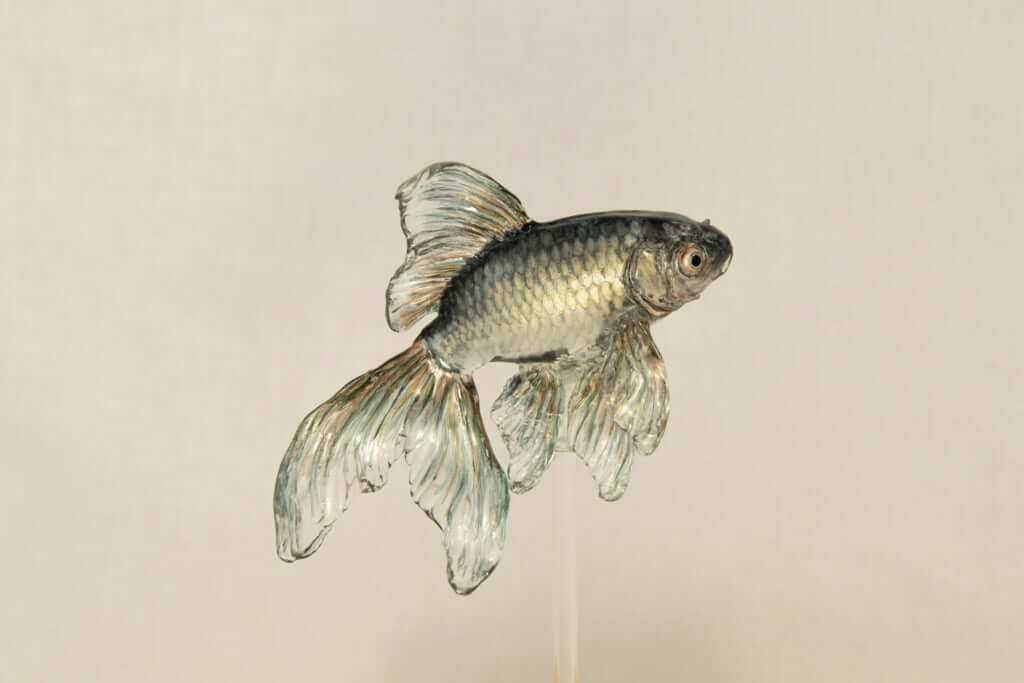
© Asakusa Amezaiku Ameshin
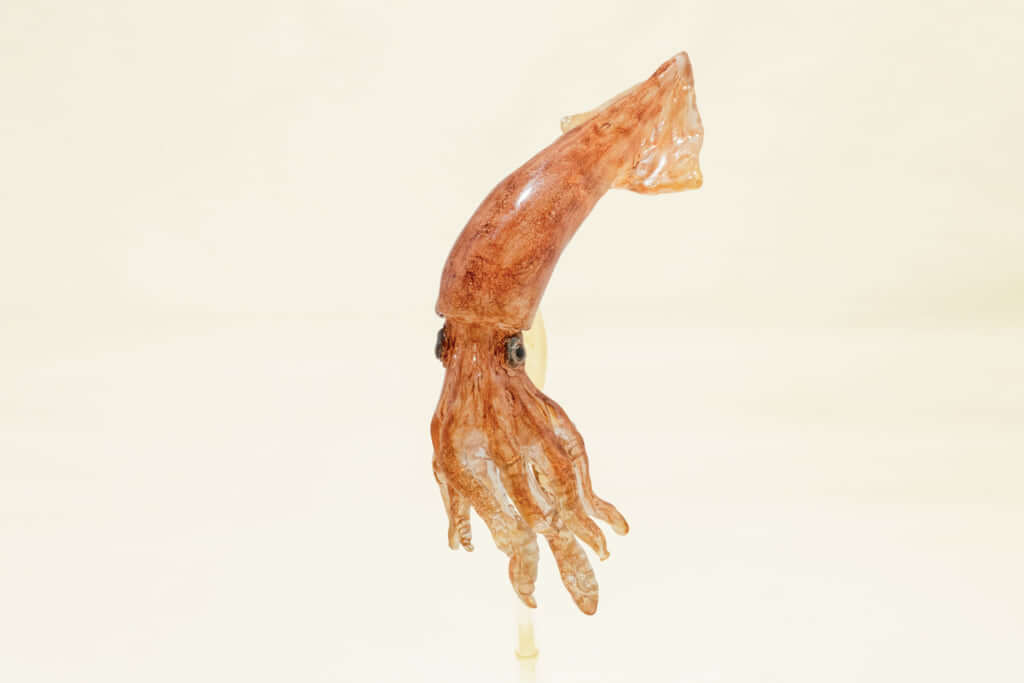
© Asakusa Amezaiku Ameshin

© Asakusa Amezaiku Ameshin
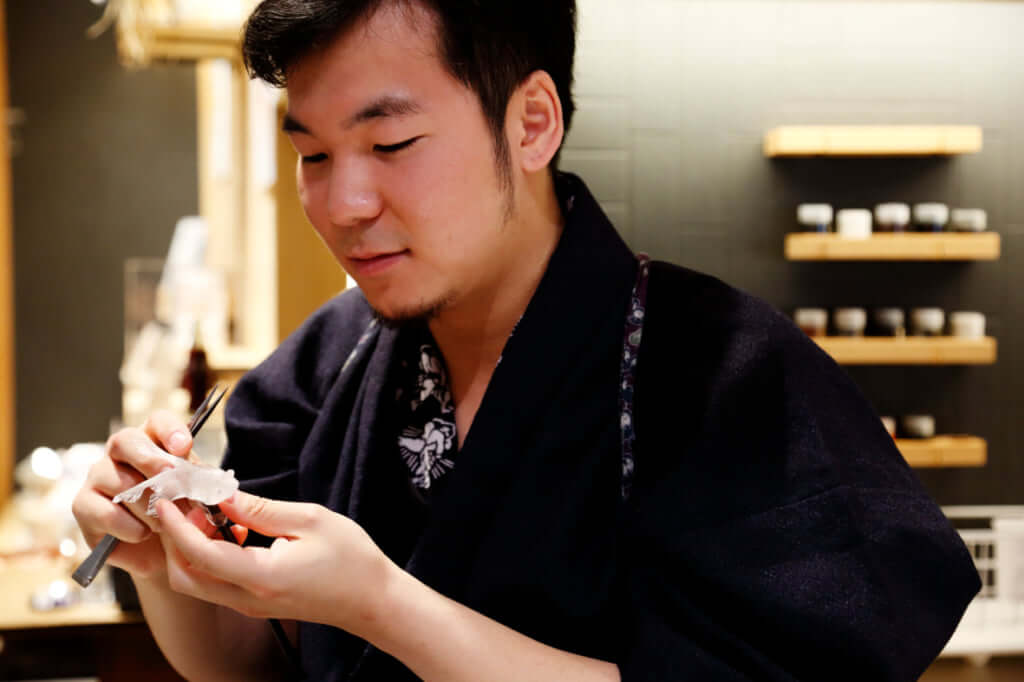
© Asakusa Amezaiku Ameshin
TRENDING
-
A House from the Taisho Era Reveals Its Secrets
While visiting an abandoned building, Hamish Campbell discovered photographs the owner had taken of the place in the 1920s.

-
The Taboo-Breaking Erotica of Toshio Saeki
The master of the 1970s Japanese avant-garde reimagined his most iconic artworks for a limited box set with silkscreen artist Fumie Taniyama.

-
With Meisa Fujishiro, Tokyo's Nudes Stand Tall
In the series 'Sketches of Tokyo', the photographer revisits the genre by bringing it face to face with the capital's architecture.

-
Masahisa Fukase's Family Portraits
In his series ‘Family’, the photographer compiles surprising photos in which he questions death, the inescapable.

-
Hajime Sorayama's Futuristic Eroticism
The illustrator is the pioneer for a form of hyperrealism that combines sensuality and technology and depicts sexualised robots.





